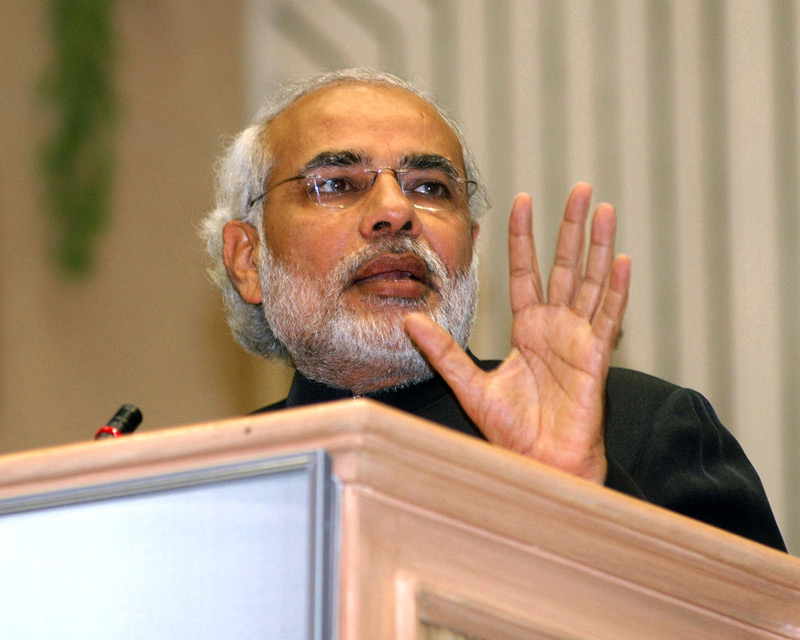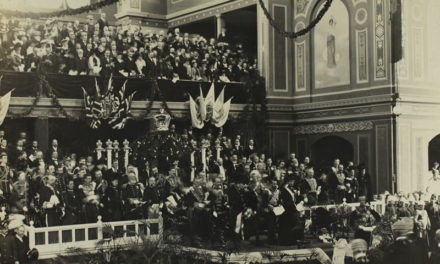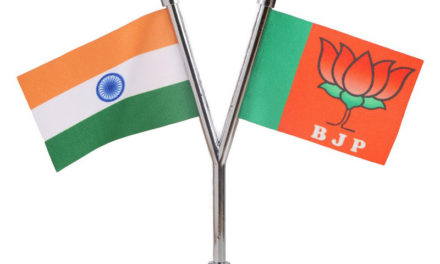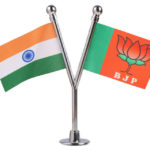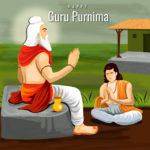2002 elections and the background –
A story that needed to be written…and worth reading in 2016
When I first heard about this book, my first thoughts exactly echoed the opening lines of the foreword by Prof VamseeJuluri. “What significance, one might ask, can a book about an election in an Indian state over a decade ago have for anyone except the most diligent graduate student in political science or history”.I had the book in my hands a while ago but the same thought probably was behind the delay in actually reading it.Once I picked up the book to read, I was glad that I did, and finished it faster than what it takes me to finish most books of similar genre.
The 272 pages split in 29 chapters detailed in chronological fashion give a racy account of what the book promises to – tell the story of the elections that shaped Gujarat and how it started Narendra Modi’s rise to national stardom.It is interesting that while much of the manuscript was ready by 2004, the book actually came to be published only in 2015, after Narendra Modi’s amazing leadership of BJP’s historical victory in 2014 elections
What it does is three things.
One it allows us to see how Prof Rao and Vishal Sharma had the foresight to understand that the events and personalities that shaped 2002 elections and their result were extremely directional in nature for India’s polity and society and the way its behavior was gearing up for long term change.Two, given the benefit of knowing how BJP and Modi have evolved in last 14 years, and the way they are going about it, it also allows us to make observations on the patterns which have a consistency with what happened in 2002, and changes which they have made to their strategy.Three, it allows us to see the similarities and changes in behavioral pattern of other components of the ecosystem – the media, the other political parties, classes and castes of society, election commission, and bureaucracy – of their own and in reaction to the steady rise of BJP and Modi.
I am not a graduate student of political science or history, or a researcher but a keen observer of events with a certain ideology and belief systems.
I must say Prof Rao and Vishal Sharma have done a very good job of contextualizing the 2002 events that shaped the elections, both with the past which led up to it, and appropriate mention of the future directions to give the reader a view which is holistic, authentic and factual.Yes, the book is clearly in support of BJP and Modi, but it does so in a candid matter of fact style stating the views and facts without resorting to hyperbole.The rich glossary of references throughout the book give the reader a comfort of a well- researched booked backed by data and evidences.
The authors have done a good job in explaining the nuances of challenges facing modern, multicultural democracies globally in general and in the specific context of Indian democracy.
One of the many interesting challenges all the democracies face are the so called well-meaning ideological activists who have insidious agendas backed by powerful lobbies who hide their real purpose under the garb of labels like democracy, human rights, secularism, religious freedom and so on.
The real agenda of these activist organizations is always hidden and far more selfish and subversive but they are backed by powerful forces with global reach.
The emerging leadership of all maturing democracies, including India, has to deal with these forces in a manner which is forthright and bold at the same time with a long term strategic perspective and being on the right side of law and ethics.
The book does a good job of opening a window to the nefarious and partisan agendas of such activists and success of Modi and BJP in dealing with it.
It has its shortcomings of course like any other piece of work.
While most of the chapters are of reasonable page lengths, the first chapter which deals with Gujarat’s relevance and India’s context is a bit too long at 43 pages.
Although a lot of different factors are analyzed in this chapter, the reader tends to lose the connection of each of those with the central theme of the book as it proceeds to explain the events in a careful manner leading to Modi’s win the elections.
The rich details of references and sources is a prime strength of the book but some of them seem out of place at times and not related to central theme of the book.
It is ofcourse easy to find faults and point out what could have been better or could have been dropped.
The painstaking research and the careful crafting of arguments, while also boldly displaying the conviction of beliefs is one of the key strengths of the book.
A lot of columns and articles have been written about Modi and some books on his rise and background have been written too.
I have not read them all, but I doubt if any book exists which has analyzed the 2002 elections specifically, a watershed in its own way, from the holistic perspective of the domestic and global context which is attempted, quite successfully, in this book.
The manuscript was finished in 2004, predicting how the tide was turning slowly and surely, it got published in 2015, a year after Modi led BJP to historic victory, and I finished reading it in May 2016, when BJP scored a triumphant victory in Assam, and increased their vote share in all the three states of Tamilnadu, Kerala, West Bengal and Puducherry. They have their first ever government in Assam now and are making steady progress in their agenda of being the dominant national party to govern India in the best interests of India.
It all seems like parts of a beautiful symphony, or the unfolding of a melodious raga of Hindustani classical music!
Note: It has been published by Mount Meru Publishers, a US based Publication House. It is available on Amazon, both in Kindle and Print edition.
Published in 2015 by:
Mount Meru Publishing
P.O. Box 30026
Cityside Postal Outlet PO
Mississauga, Ontario
Canada L4Z 0B6
Email: mountmerupublishing@gmail.com
ISBN 978-0-9684120-1-5 (Paperback)
ISBN 978-0-9684120-2-2 (Electronic book)

